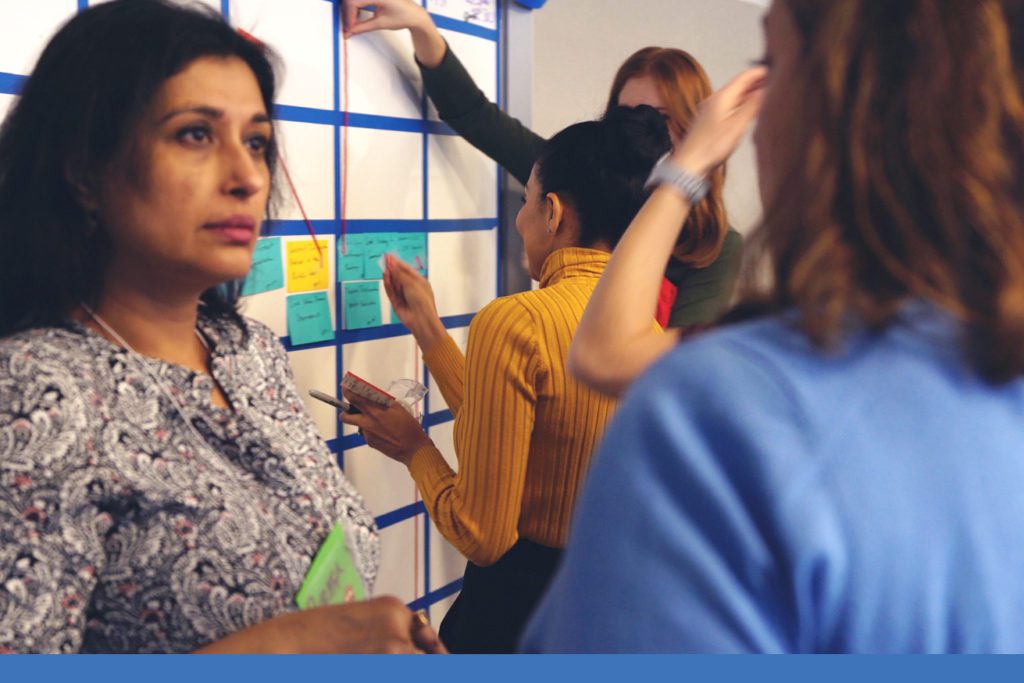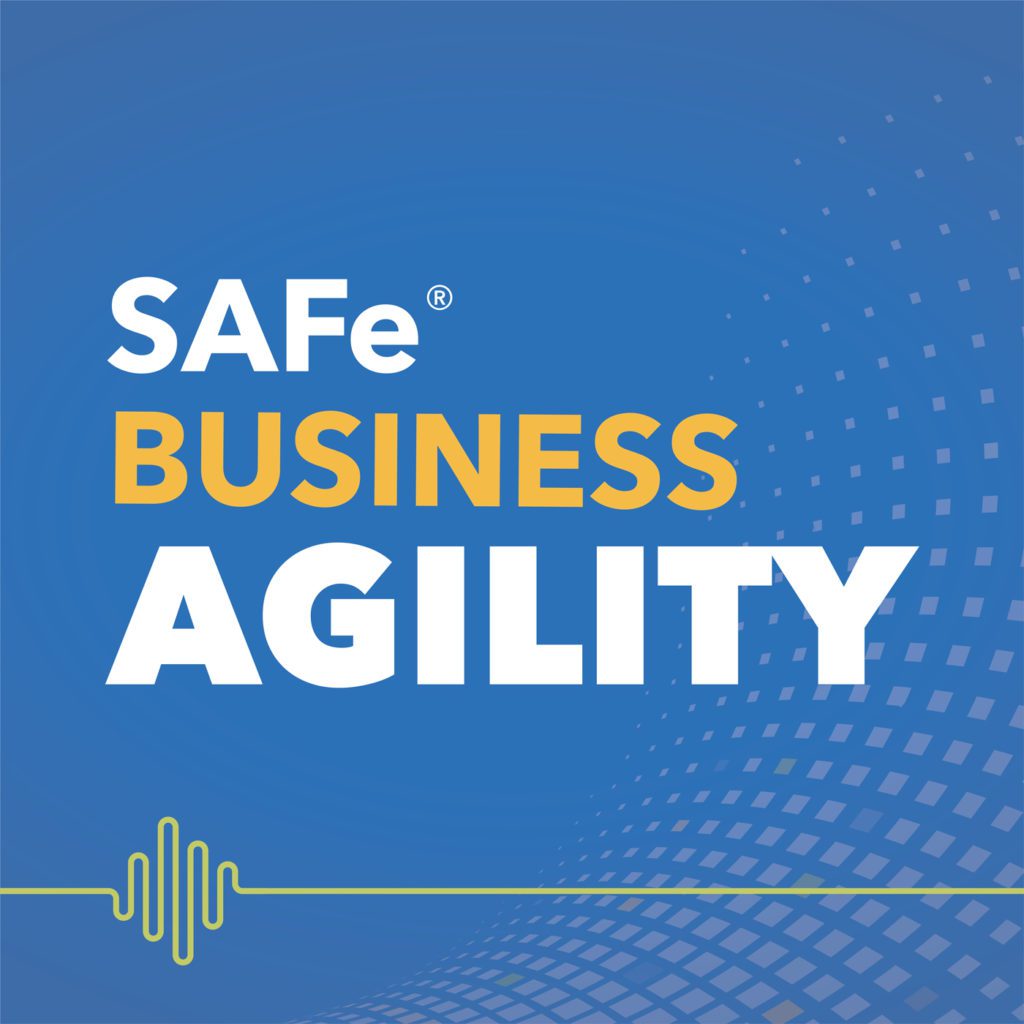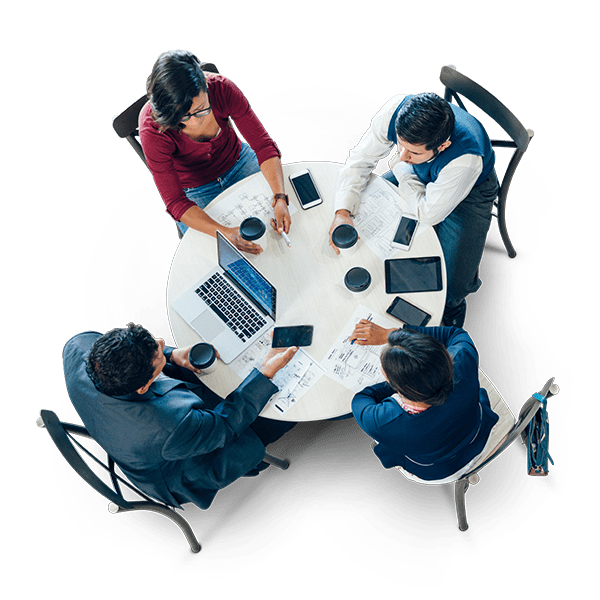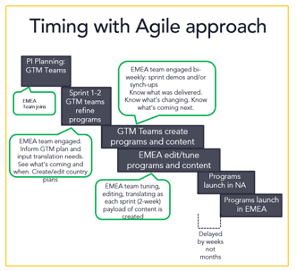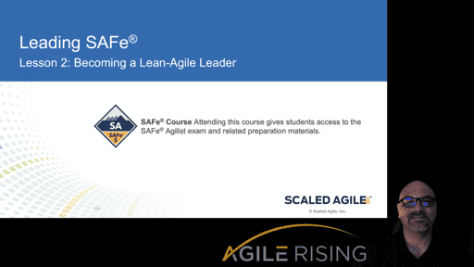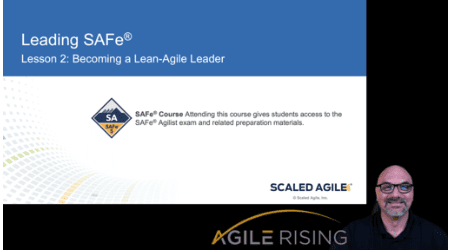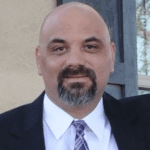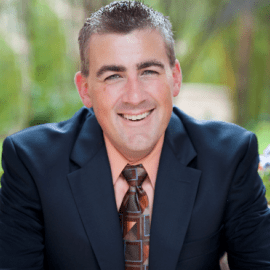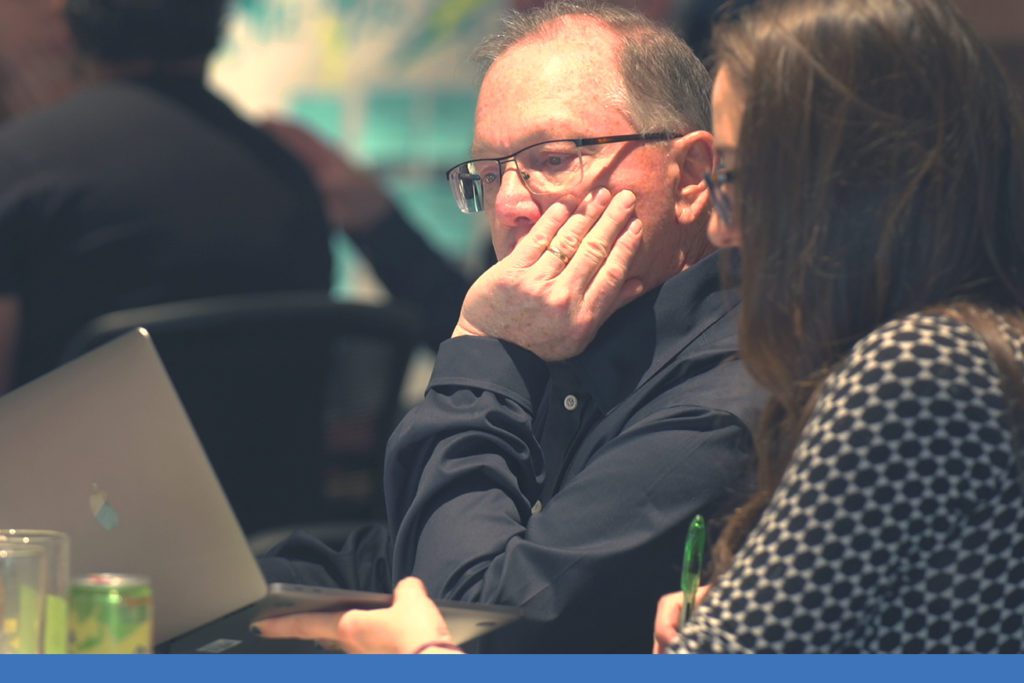
Someone asked me the other day why Agile teams don’t plan to full capacity. Think about this scenario: during the last PI, a team on the ART achieved 50 percent of its planned business value. Stakeholders weren’t pleased with that result. When the team held its retrospective to examine its performance, several issues came to light. High turnover and lots of team members shifting between teams prevented them from finding their groove. People were experiencing burnout from moving too quickly while trying to correct quality issues.
As a scrum master, I coach my teams to plan to less than 100-percent capacity (see scenario above). But I understand why that doesn’t always make sense to stakeholders. They worry that it will result in even fewer met commitments. Teams need a way to talk to stakeholders about how they need to plan less and yet somehow deliver more. It’s easy to criticize the stakeholders. Of course they’re going to ask for more—that’s their job! They may not understand why agile teams estimate and how they plan agility. They don’t see the burden that agile planning to maximum capacity places on the team.
We need to shift the stakeholders’ perspective. So, here are five key things I’ve learned about capacity and predictability that could be persuasive input.
1. Agree on what capacity means
In a recent iteration planning meeting, I asked the team to give me a number that represents our capacity. There was general consensus that we should plan to 80 percent capacity. It didn’t take long to realize that we all had different ideas about what it means to allocate 80 percent of our capacity. Is it 8 points per person? Or 80 percent of 8 points? Doesn’t SAFe® tell us somewhere?
SAFe doesn’t prescribe a measure. Whether we agree that our team’s capacity is 45 story points or 200 hours, what matters is that the team agrees to some quantitative measure of their capacity for progress.
2. Balance business needs with team capacity
A little pushing outside our comfort zone is a good thing, and can even be inspirational. Often, it’s uncomfortable to try new things, such as setting goals to do more or work faster than we have before. Yet that discomfort can lead to growth and achievement. Think about athletes getting better by pushing themselves to do things they’ve never done before—run faster, lift heavier, jump higher. As a team, we want to win the championship!
But when we push too much, we experience burnout, high turnover, and a lack of creative problem solving because we’re constantly rushing to meet deadlines. Take the athlete analogy—rest, recovery, and refueling via sleep and nutritious meals are essential to an athlete’s success. Otherwise, they risk injury, burnout, and decreased athletic output. Simply put, we need to help the team find its balance so it can thrive.
3. Find confidence in your understanding of the work

Whether your team is developing software, creating marketing strategies, or negotiating a contract, the amount of time required to complete any given task will vary. New teams and ARTs might take more time as they’re forming and storming. Building a new product could take more time during the early development stages because we don’t know how it will be received by customers.
When estimating the size of work, my team uses several perspectives. We assess work based on three criteria: volume, complexity, and our knowledge about the work. We ask ourselves questions like: Have we done this before? How much space do we reserve for the unknowns? Through conversations, we all gain a better understanding of the work. Our certainty in estimating fuels our confidence that we’re pushing ourselves to achieve excellence without the risk of burnout.
4. Protect space for built-in quality and problem solving
I like to keep a monthly budget for personal finance. I know from experience how unwise it is to spend all the cash I earn! I need to be able to respond to life’s unknowns, so I reserve some income for savings. It’s also smart to invest in the future. Early in my career, it was hard to imagine allocating any of my hard-earned salary for investing. (“I’ll start next year!” I’d tell myself.) But every day that went by was a missed opportunity.
The same concepts apply to teams approaching problem solving and innovation. We need “savings” to respond to life’s inevitable unknowns. Innovation can be applied incrementally, like little investments. When the team is constantly rushing to meet an overwhelming list of iteration goals, it’s like living paycheck to paycheck.
5. Slow down to speed up
As a sailor in the U.S. Navy, I learned the saying, “slow is smooth and smooth is fast.” When we were performing meticulous, potentially dangerous tasks aboard naval ships, time was of the essence, and safety and accuracy were paramount. Go too fast and you risk sloppy performance, decreased accuracy, and an unsafe environment. Conversely, go too slow and you risk the mission. As sailors, we lived by “slow is smooth and smooth is fast” to develop awareness and learn to strike the balance between speed and accuracy.
Agile teams are similar. They need time and space to define and automate their processes and to create the environments and infrastructure to ensure built-in quality. Slowing down this PI helps accelerate the next, and with higher predictability.
As I was writing this post, I spotted a conversation about capacity happening in the SAFe Agilists forum on the SAFe Community Platform (login required). Forums like these are great places to ask questions, share your knowledge, and learn something new. I hope you’ll check them out the next time you’re looking for advice.
About Sam Ervin

Sam is a certified SAFe® 5.0 Program Consultant (SPC) and serves as the scrum master for several teams at Scaled Agile. His recent career highlights include entertaining the crowd as the co-host of the 2019 and 2020 Global SAFe® Summits. A native of Columbia, South Carolina, Sam lives in Denver, CO, where he enjoys CrossFit and Olympic weightlifting.
